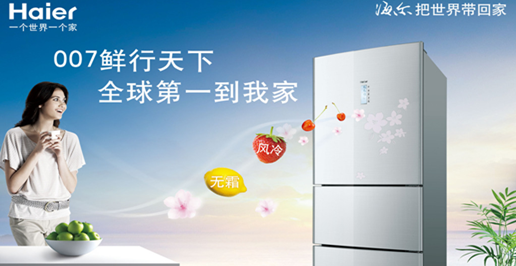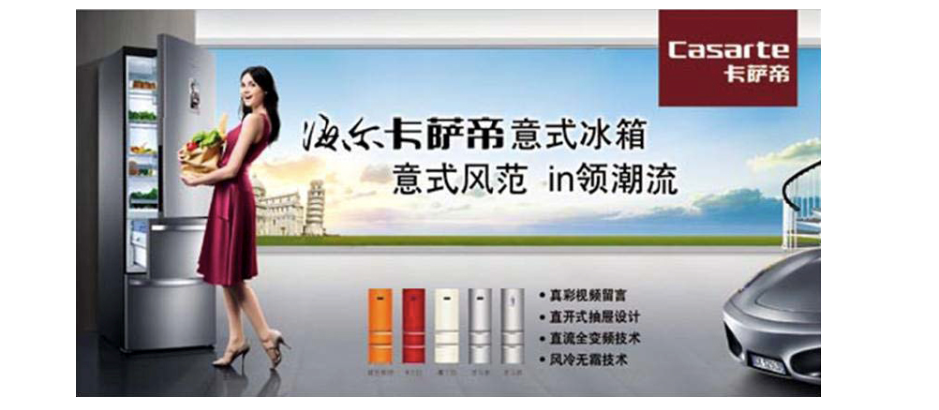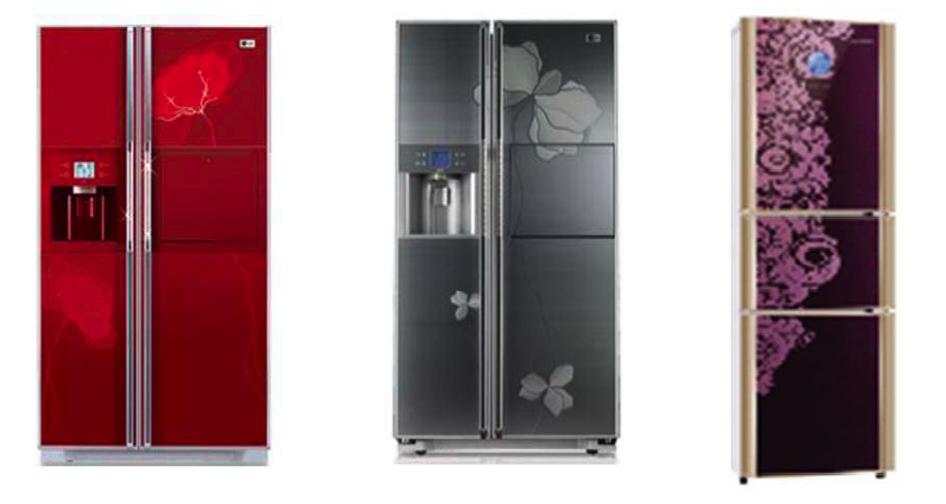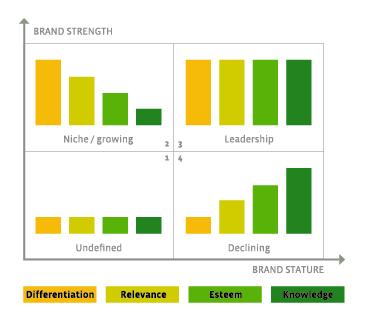

By Annie Bai
Once a company has formulated their brand strategy and spent time establishing it within the company through brand engagement activities, they are then ready to begin the process of brand implementation. In this article, we will give an overview of the white goods industry in China and identify the brand implementation strategies being used. We will then discuss the importance of building brand strength in this growing market.
White goods are appliances used to accomplish daily household tasks and include items such as air-conditioners, refrigerators, washing machines, microwave ovens, and stoves. They are consumer durables traditionally painted only with white enamel finish. Today, despite their availability in many different colors, they are still often referred to as white goods. As the standard of living and spending power of Chinese consumers continues to rise, there is great potential in the white goods market for both foreign and Chinese companies to build strong brands.
Stimulated by a number of government policies, retail sales of the domestic white goods market experienced double-digit growth in 2009. Increases were seen in all three major segments, including refrigerators, washing machines and air-conditioners, with the sales of refrigerators achieving the fastest increase. In 2009, policies such as “home appliances going rural”, “exchange the old for the new” were implemented, causing the demand of the domestic market to expand rapidly, especially in the vast rural areas where refrigerators were swiftly popularized.
When examining China’s white goods industry in 2009, we find that the performance of different segments varied greatly. In the refrigerator market a stable structure began to emerge with certain brands rising to the top. For washing machines, new concepts such as green or high-tech versions were released, leading to the formation of a high end market. Air-conditioner brands faced more competitive pressure, so innovation became a differentiating factor.
Looking at the white goods industry as a whole, consumers consider brand names when selecting white goods. This highlights the importance of brand building in this burgeoning industry. In 2009, domestic companies tried to strengthen their brands through mass marketing and advertising, and by extending their product lines and sales channels.
Major brands are using a variety of implementation strategies. Traditional advertising channels such as television and billboard advertisements are commonly used, often with celebrity endorsement to appeal to consumers. White goods product placement can be seen on TV series and movies. Some brands launch innovative products and new product lines to expand their reach. Also, to reach untapped or less competitive markets, some brands focus on specific market segments, with high end brands like Siemens targeting wealthy 1st tier consumers, while other mid-market brands penetrate 2nd, 3rd, and even 4th tier markets.
Furthermore, the major brands in China are using a number of different codes in their brand communication. Some of the main ones are listed below:

1. Foreign and premium

2. Advanced technology

3. Colorful and patterned designs

4. Spaciousness, freshness

5. Modern or Western lifestyle

6. Elegance

7. Chinese status

8. Healthy lifestyle

9. Energy saving or environmental protection
There are also some unique communications such as a “back to nature” themed advertisements and the promotion of a fridge for children.
The white goods market in 2009 was prosperous, and it is safe to say it will continue to grow in 2010. Local brands like Haier, Midea, and Hisense are taking the lead in the domestic market, while foreign brands are still strongly competitive as they often manage to transfer their established brand equity over to the Chinese context. It is important for domestic brands to focus on building brand equity rather than relying only on short term promotional tactics.
As we have discussed in previous articles, growing brands should concentrate on building brand strength by differentiating themselves from their competitors and becoming more relevant for their consumers. Differentiation could be achieved through innovative product design or functionalities, unique brand communication efforts that use different codes than their competitors, and much more. It is not enough for the products only to be different— they need to be relevant to white goods users by making aspects of their daily lives more convenient or efficient. Here, conducting market research to understand consumer needs, trends, and competitor positioning will be essential.

The white goods market in the world’s most populous country expanded rapidly during 2009 and will keep growing in the future. White goods brands, both domestic and global, have the potential to experience huge growth in the years to come, but they need to pay attention to their brand strategy. Growing brands should first focus on increasing brand strength by increasing their differentiation and relevance in the minds of consumers. By identifying codes being used by other brands in the industry, a white goods brand can locate a free space to launch their brand implementation efforts in China.
A Labbrand Group Company © 2005-2024 Labbrand All rights reserved
沪ICP备17001253号-3* Will be used in accordance with our Privacy Policy
To improve your experience, we use cookies to provide social media features, offer you content that targets your particular interests, and analyse the performance of our advertising campaigns. By clicking on “Accept” you consent to all cookies. You also have the option to click “Reject” to limit the use of certain types of cookies. Please be aware that rejecting cookies may affect your website browsing experience and limit the use of some personalised features.